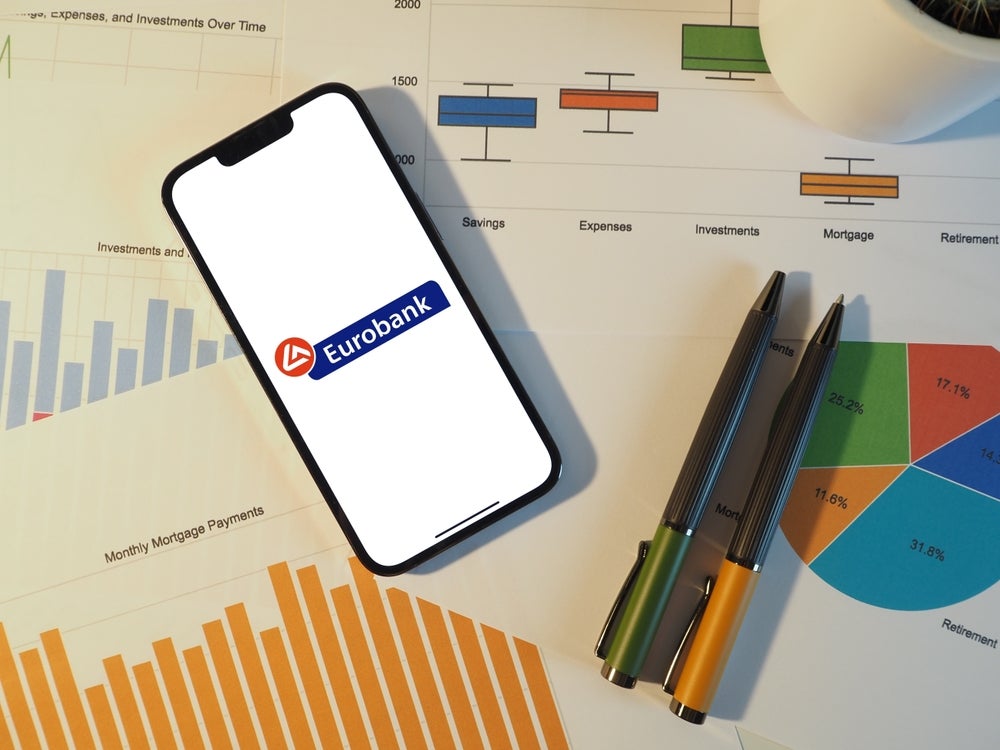Creating a smooth digital experience for clients across the bank is the ambition of Coutts’ managing director for digital and client solutions.
Joe Norburn, in speaking to PBI, talked about the work the bank has done to update its infrastructure in an effort to give clients what they want.
"If they want to self-serve and self-direct then we need to make sure we have the options and capabilities to allow them to do so," he told PBI. "We need to make sure that that experience is as smooth, engaging and as insightful as it would be if they were sitting in front of their banker or speaking to somebody on the telephone."
To achieve this Coutts has undergone a lot of changes in the last few years. Gone are the 30 legacy systems it shared with its parent bank RBS and in comes a new ‘plug and play’ platform from Avaloq.
This wasn’t a decision made lightly Norburn explains: "It’s a massive undertaking, a very bold undertaking given the post 2008 environment but it was deemed critical to scaling the business and providing flexibility to adapt to the market in a way that we wouldn’t have been able to from those 30 plus legacy systems.
This new platform, introduced globally in three stages, with UK implementation finalised in Easter 2012 , seeks to streamline a client’s interaction with the bank.
How well do you really know your competitors?
Access the most comprehensive Company Profiles on the market, powered by GlobalData. Save hours of research. Gain competitive edge.

Thank you!
Your download email will arrive shortly
Not ready to buy yet? Download a free sample
We are confident about the unique quality of our Company Profiles. However, we want you to make the most beneficial decision for your business, so we offer a free sample that you can download by submitting the below form
By GlobalData
The platforms capabilities are endless, almost.
The new strategy is reliant on analysing data available to Coutts on their clients. The data can come from a variety of sources, even Twitter feeds, and ultimately the goal is to create a tailored product for each client.
"We can look at all that data, and put it together in a digestible format for you so that Coutts is acting as that conscience, telling you about things that have happened, maybe prompting you to think about things in a different way or propose different courses of action." proposes Norburn.
He says the services then offered to each client will be more relevant and less generic.
Using data in this way has its dangers Norburn admits, and that is why its use is being used "very sensitively and with permission".
The new platform’s data utilisation can also deliver much more than client specific information.
At present, as a part of its discretionary business, trades are still initiated through the relationship manager but the possibility is for the digital system to do this for the client in the future.
Norburn told PBI that as long as the regulatory and client safeguards are in place "then absolutely, you could take it that much further".
Just how far you can automate it is only limited by the hardware he believes.
Whatever the system’s capabilities, the choice is always the client’s, assures Norburn.
This includes how they choose to interact with Coutts.
Whether the point of contact is a call or the use of a mobile app, the Coutts platform is able to adapt due to what Norburn calls ‘responsive design’. But what does this mean for the client?
One vision, chosen by you
Norburn explains that this concept does away with a ‘proliferation of apps’ that older platforms can force on end users, due to their inability to combine trading and information services on one interface.
He stresses that the new platform gives the client the ability to shape what they see and then set that across all the digital contact points they may use.
And this goes for the relationship managers too. The system’s interface works equally well for both client and relationship manager: "The interface is drawing on the same logic and the same data, the same digestible visual representation of that data, and making that available to the clients." All of which he feels leads to a greater amount of free time for the relationship manager to get to know the client and grow their business.
An additional benefit of the modern system is the avoidance of future legacy issues.
"We’ve got an industry standard ruggedised core platform that doesn’t require replacement," Norburn says. And in addition to not needing replacement comes an ability to remove or update software and infrastructure without any compatability issues.
This should avoid situations where systems develop in such a way that they are unable to communicate with each other. A problem that affected NatWest in 2012.
A path for others to follow
The Coutts example is one where a bank has taken a difficult and possibly expensive choice to update their systems, but in so doing it has given itself a world class platform for clients to interact on.
Clients seem to have taken up the digital upgrade with great enthusiasm. In the last 11 months, since the system was implemented, clients have logged on a massive 2.2 million times.
Compare that to the 1.3 million calls made to the Coutts 24 phone number and it is obvious that the platform is working for Coutts.
Perhaps this is an example for other banks to follow.
As Norburn says: "I think the winners will be the organisations that strike a balance and put the control in the hands of the clients."
Time will tell if Coutts are one of those winners, but with the smooth integrated system they have put in place, the odds look good.







